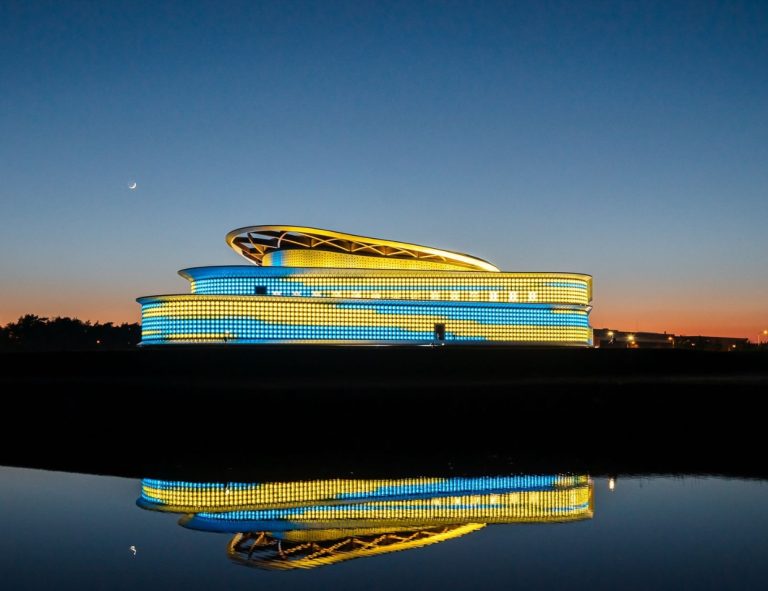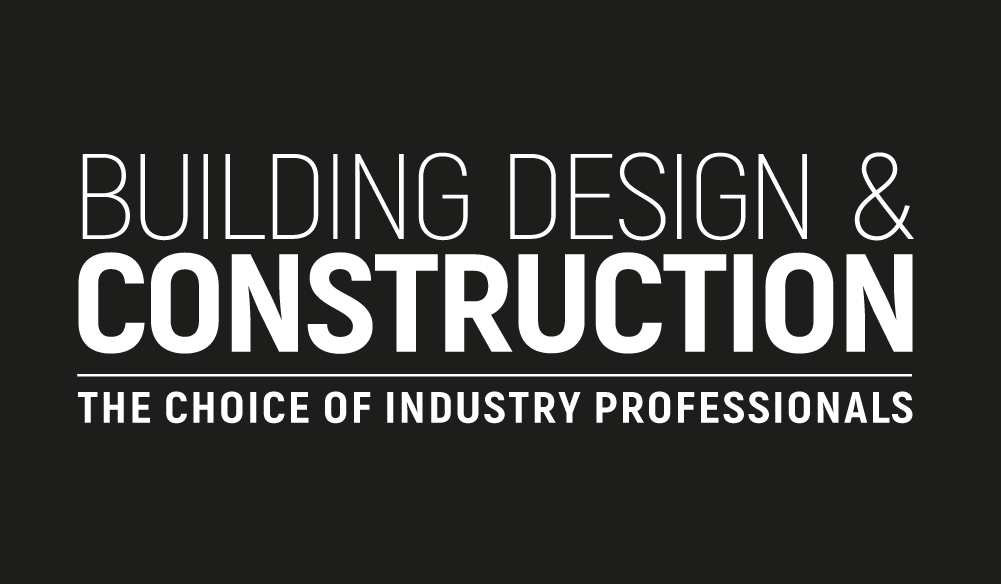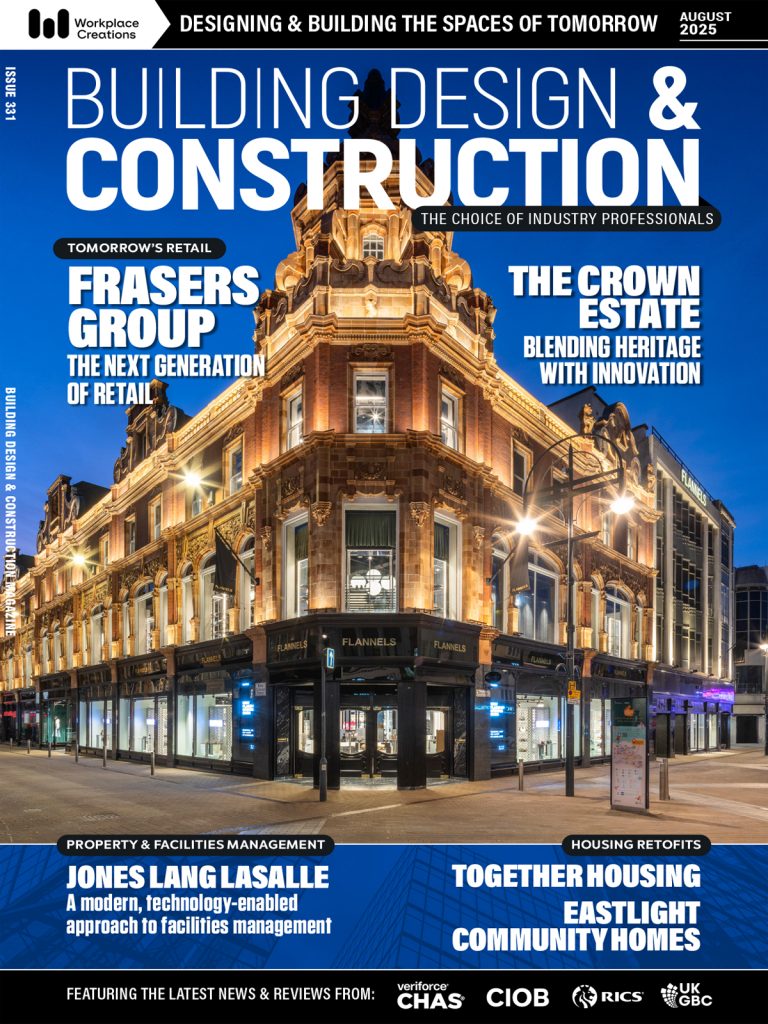The casino industry has long been associated with grandeur and luxury, but some projects take ambition to an entirely new level. From towering resorts boasting thousands of rooms to sprawling entertainment complexes with casinos as in-house entertainment, these constructions redefine what it means to gamble in style. Why Casino Brands Still Go All-In on VIP Experiences These grand casino venues are meticulously crafted to offer far more than just gaming. They are immersive luxury environments designed specifically for VIPs and high rollers. From opulent penthouse suites and private gaming salons to exclusive access lounges and gourmet dining prepared by world-renowned chefs, every element is tailored to provide a seamless, top-tier experience. High-stakes players are treated to personalised service, discreet check-ins, and perks like private jet transfers and bespoke concierge services, all within the walls of these elite resorts. The goal is to create an atmosphere where luxury, exclusivity, and high-stakes excitement combine in one unforgettable destination. Yet, even online, casinos have adapted to meet VIP expectations. Many online gambling platforms now replicate this experience virtually, offering VIP rewards, high-limit tables, and live dealer games that stream in real-time to create a premium feel. A recent report by Esports Insider reveals how online casinos provide players with VIP experiences. These casinos not only provide VIP experiences, exclusive gaming content, and payment flexibility, but they are also committed to catering to high-end players and remain consistent. These experiences are available in-person or 24/7 online, ensuring that luxury and exclusivity are always within reach, no matter how you choose to play. The Venetian Macao, China The Venetian Macao, located on the Cotai Strip in Macau, China, is a renowned luxury hotel and casino resort modelled after its sister property in Las Vegas. Owned by Las Vegas Sands, it stands as the largest casino in the world and the largest single-structure hotel in Asia, boasting 3,000 suites, a 15,000-seat Cotai Arena for entertainment and sports, and expansive retail and convention spaces. The resort features replicas of Venice’s iconic canals and architecture, offering guests a unique and immersive experience. Construction projects in Macao, Hong Kong, and Asia are generally expensive but exclusive. The City of Dreams in Macao, for instance, is a $2.4 billion integrated resort that combines luxury hotels, high-end retail, entertainment theatres, and a vast casino floor. Opened in 2009, the City of Dreams took things to the next level by mixing in modern tech and exciting entertainment, including light shows and virtual reality games. It helped change Macau’s image from being just about gambling to a full-on entertainment hotspot where there’s something for everyone to enjoy. Resorts World Sentosa, Singapore Singapore made a massive splash in the casino world with Resorts World Sentosa, a $4.9 billion integrated resort that opened in 2010. It is more than just a casino; the complex includes a Universal Studios theme park, an aquarium, a Marine Life Park, and luxury hotels. The Cosmopolitan of Las Vegas, USA While Asia dominates with some of the largest and most expensive projects, the United States still hosts highly ambitious developments. The Cosmopolitan of Las Vegas is a prime example. Opened in 2010, this $3.9 billion luxury resort combined high-rise living with a vibrant casino floor, upscale restaurants, and nightlife venues. Conclusion Casino construction over the years has always been about bold designs and high-end luxury. Developers across the globe spend billions every year building these exclusive high-end entertainment venues, designed to provide the full luxury experience. As the industry grows, future casino projects will likely get even more creative, combining new technology, design, and all-around entertainment like never before.





